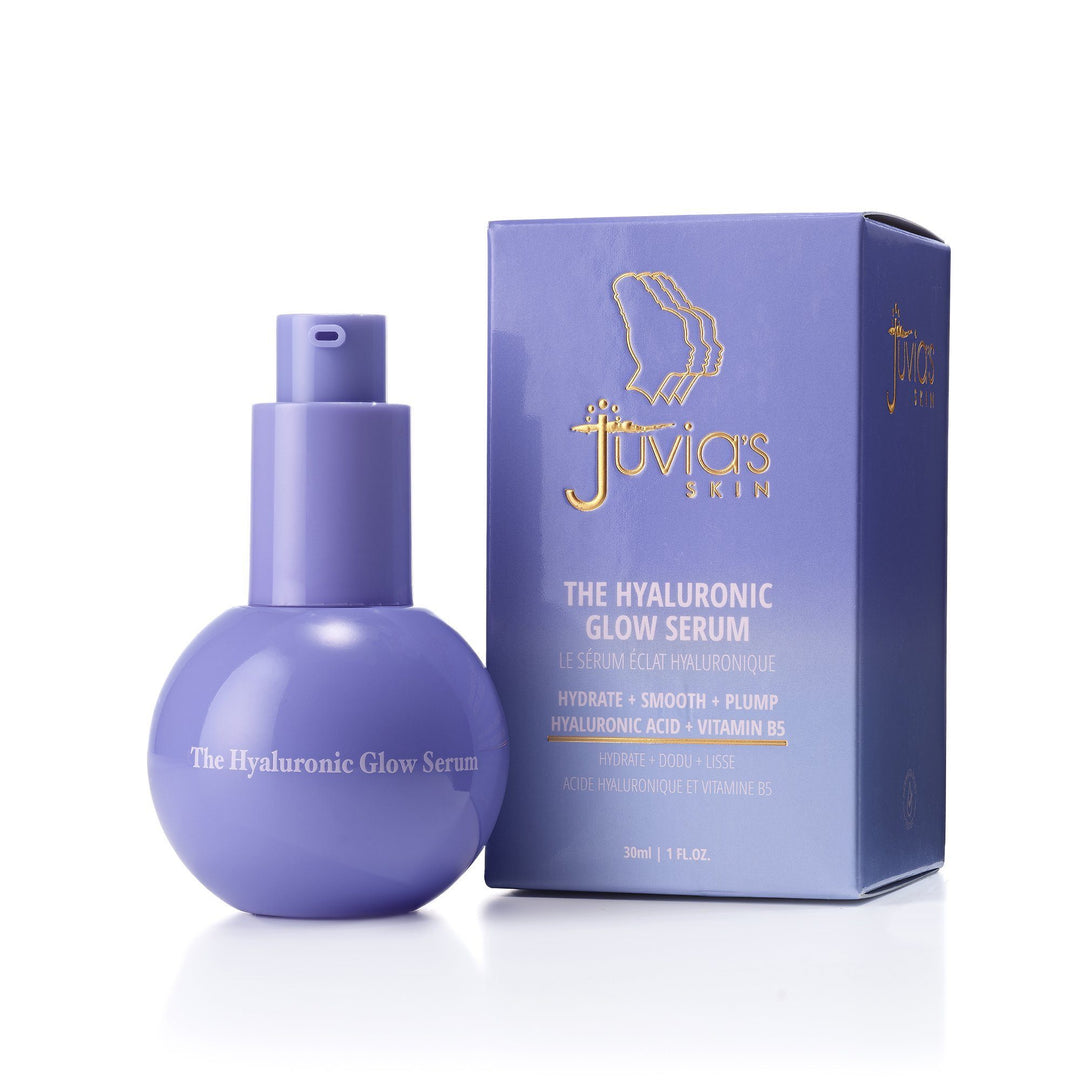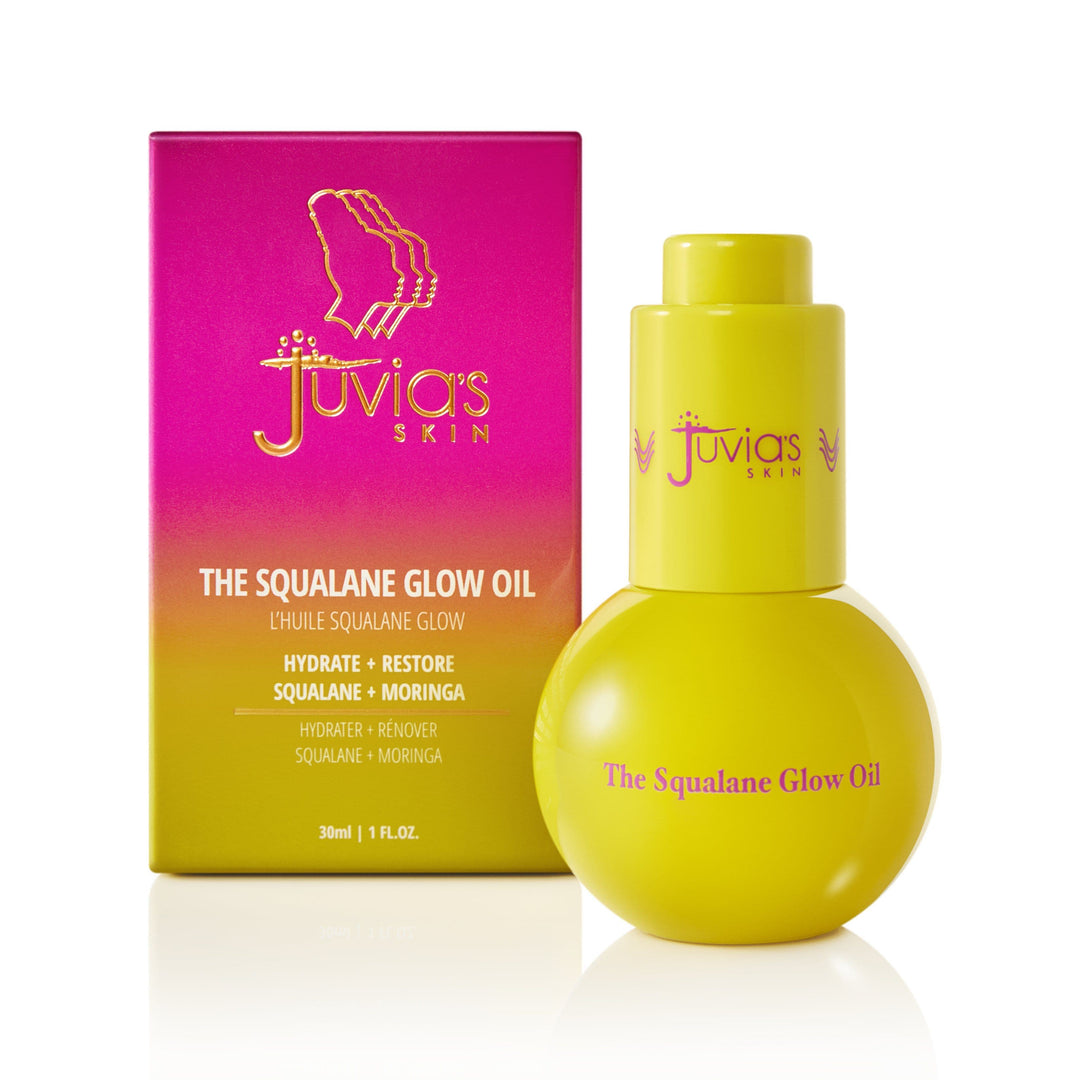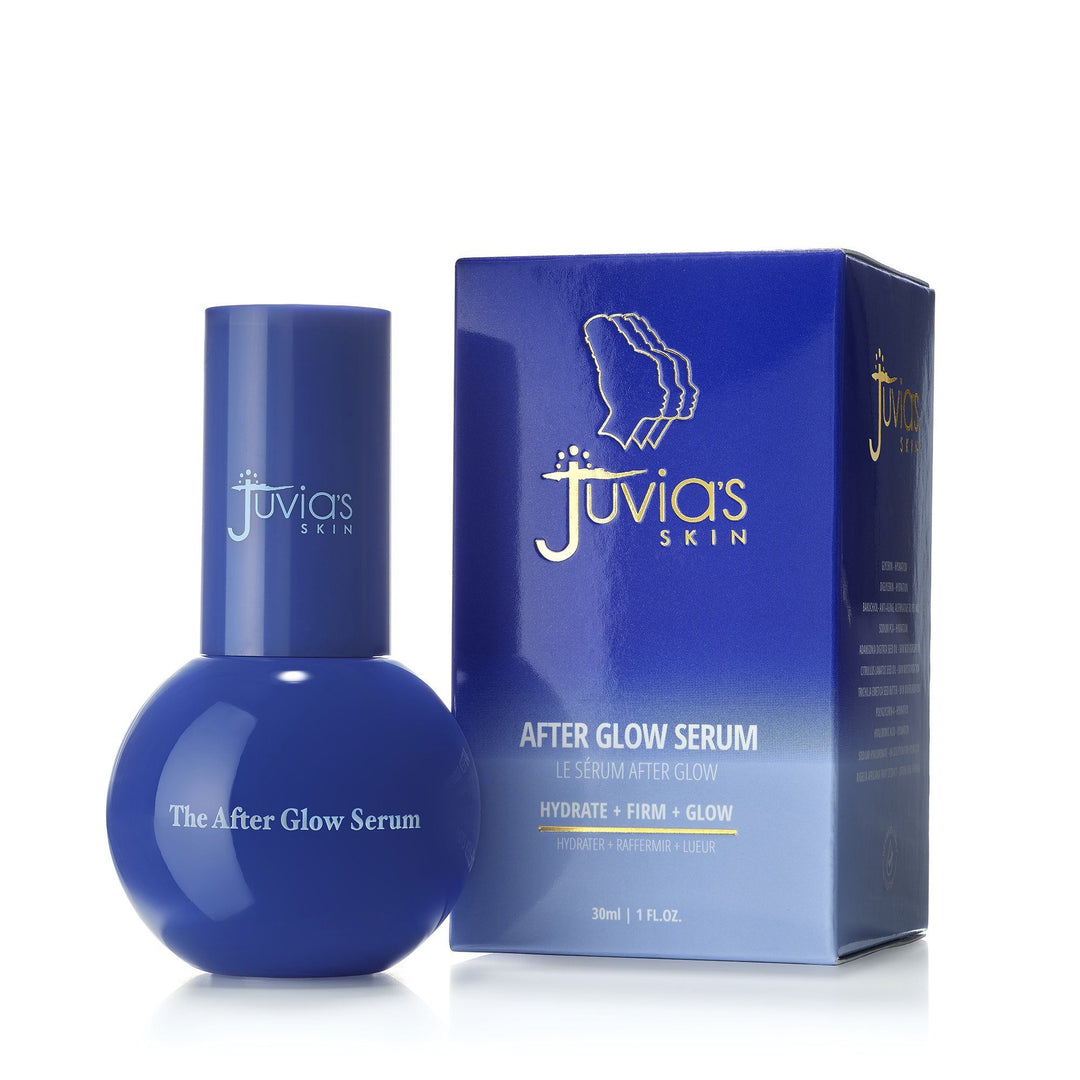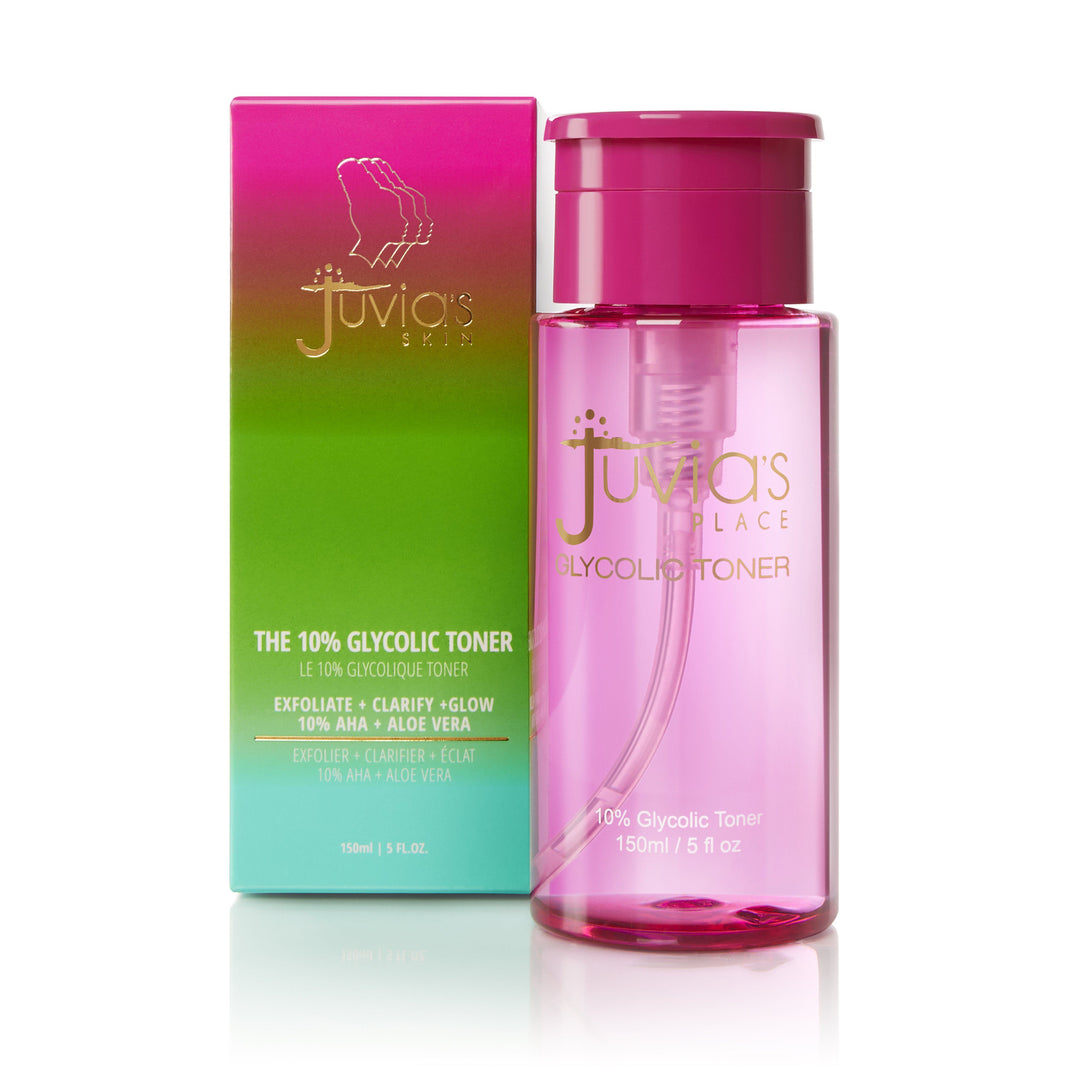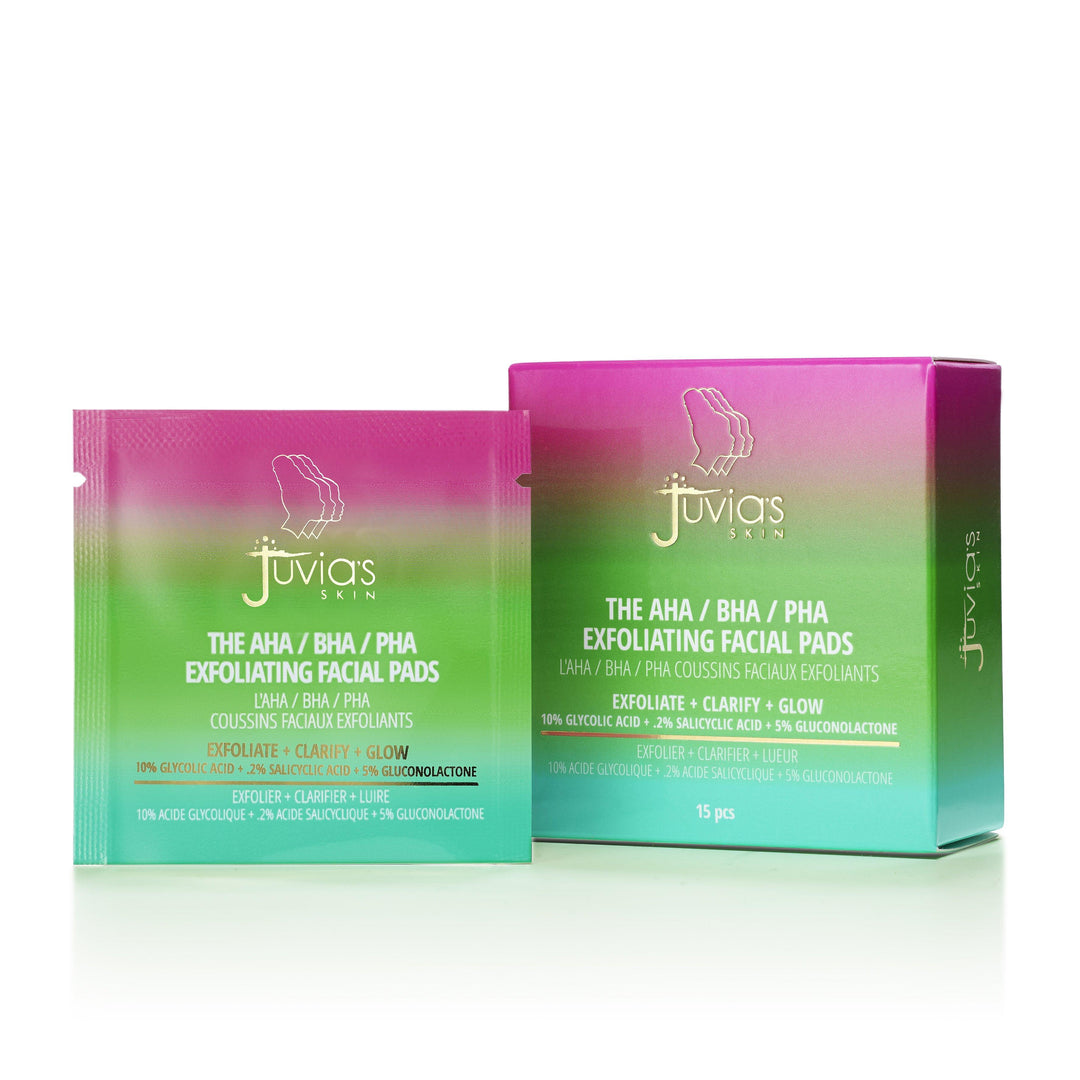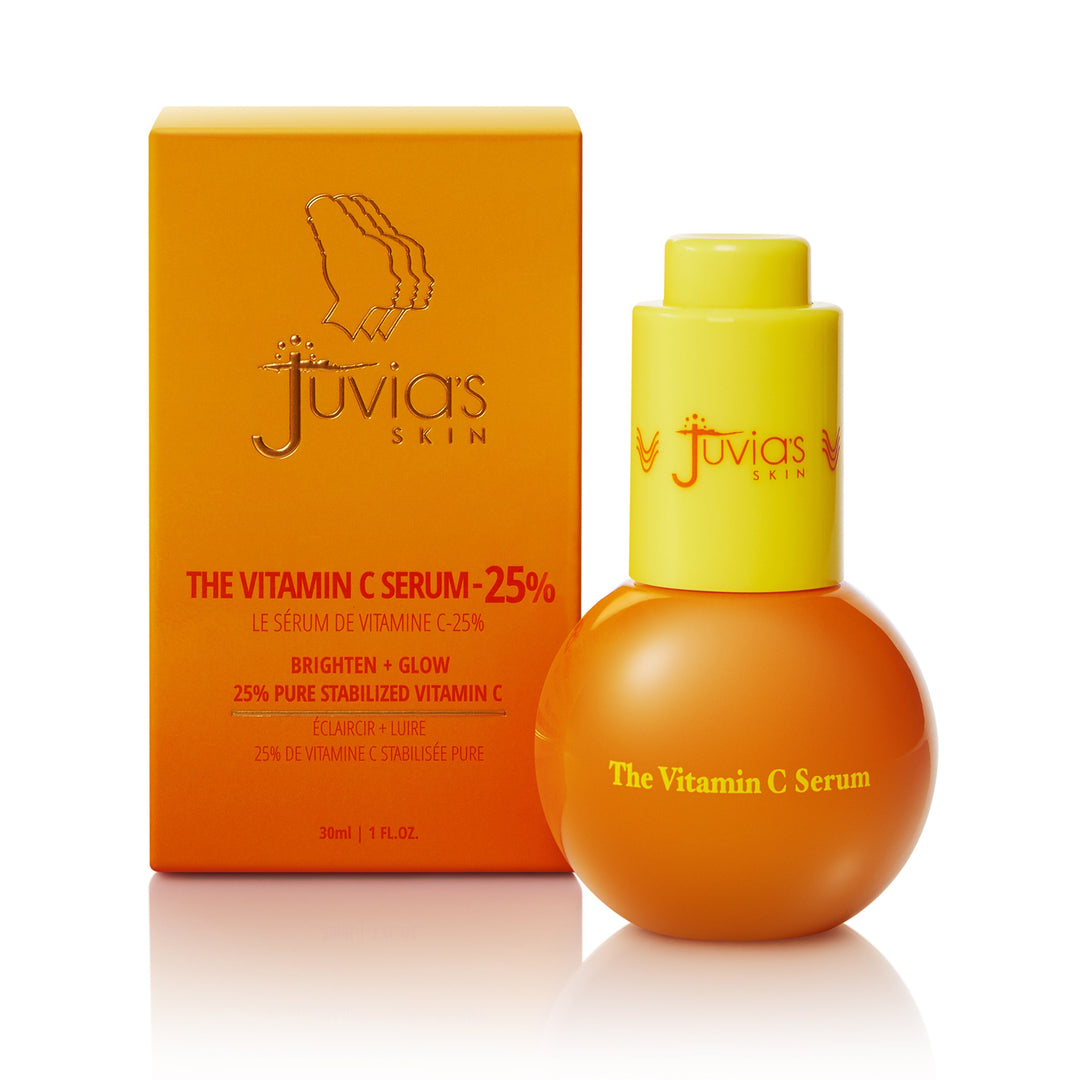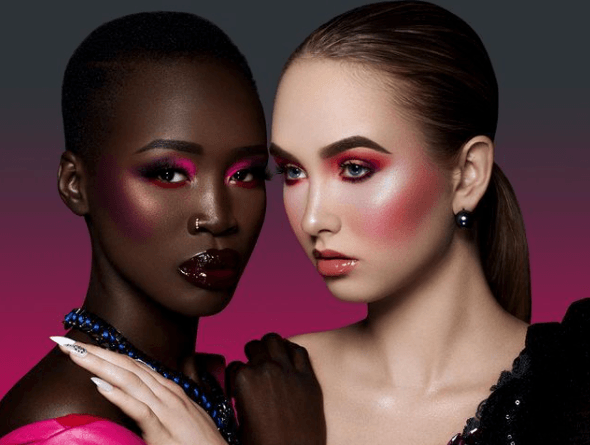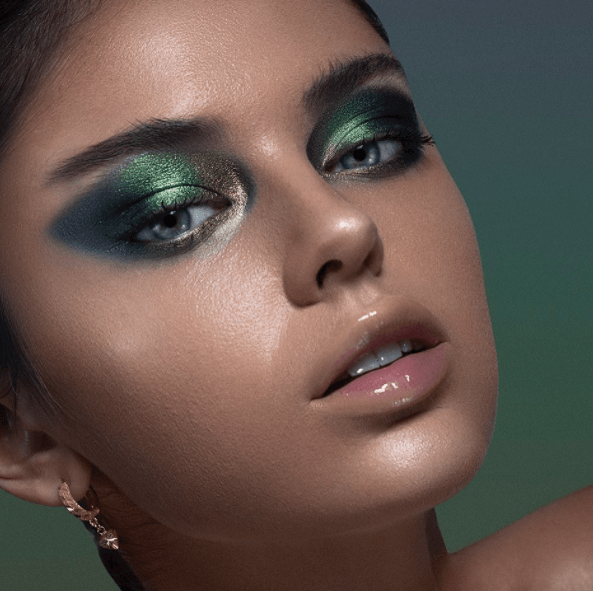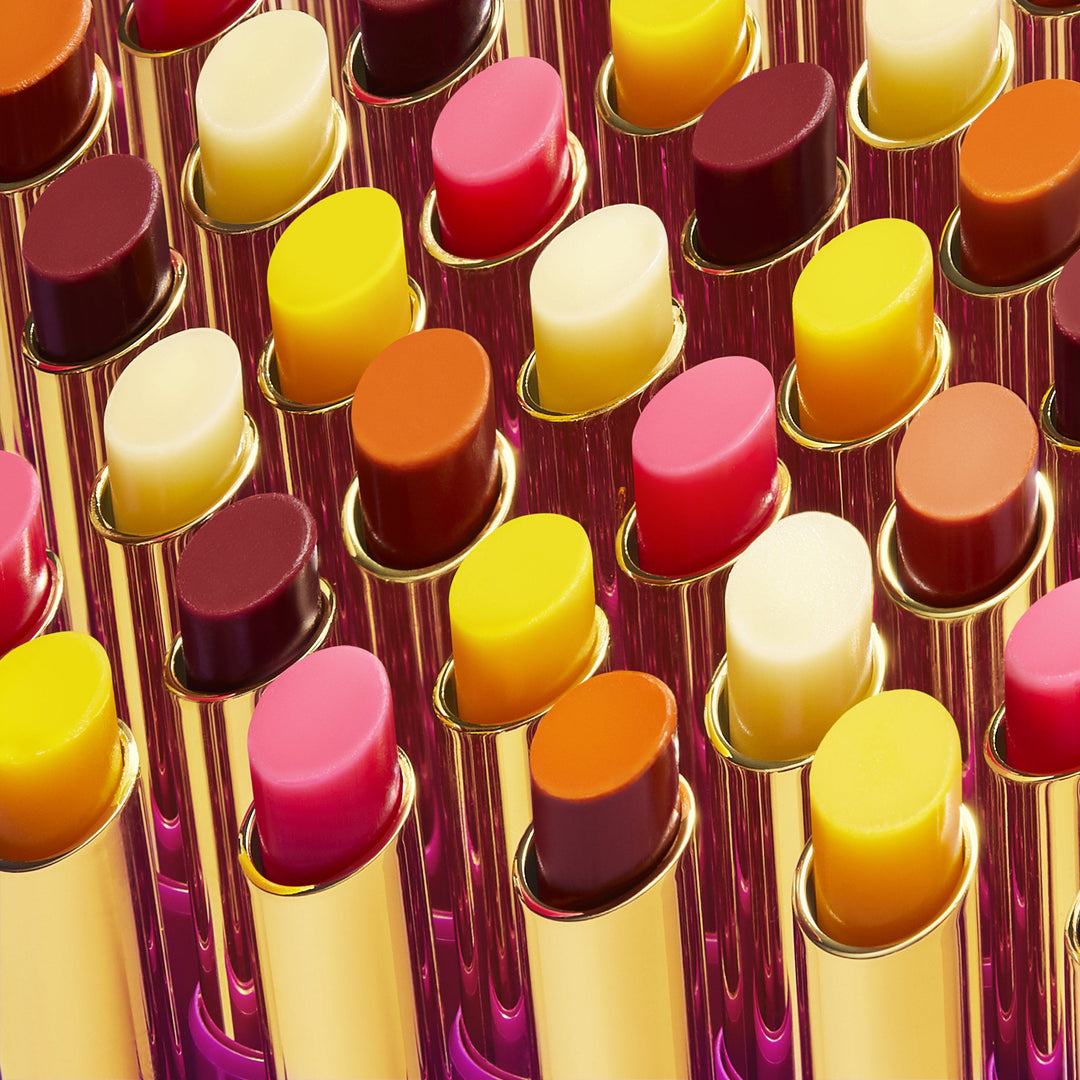
Going for a run. Being around the one you love. Feeling embarrassed. These are just a few of the things that will give your face a natural, healthy blush. That little bit of color on your cheeks instantly makes you look young, and fresh-faced, yet natural. While, naturally, blushing is the result of an increase of blood flow to the skin on the face and surrounding areas, we chase that look on the regular during our beauty routines.
We want you to know all there is to know about makeup, especially ours, and how to apply it flawlessly. That’s why we are deconstructing what exactly blush is, what types you have to choose from, their benefits, and finally, how to apply it like a pro. As always, we will be recommending fabulous Juvia’s Place products that you can instantly add to your online cart and rock ASAP.
What is Blush?
So, what exactly is blush? Blush, also referred to as blusher, or rouge, is a makeup product that is designed to add a bit of color to your cheeks. The colors available range from soft pinks and mauves; to peach; to reds, wine, and berries.
Types of Blush, and How to Choose Your Blush Color
Formulas:
While a powder formula might be the first type of blush that comes to mind, the beauty staple also comes in liquid, gel, and cream form. More moisturizing options will work great on dry skin, while oily skin would benefit from the oil-absorbing properties of a powder blush.
Finishes:
Blush also comes in several finishes, including matte, satin, and shimmer. Like with matte foundation, a matte-finish blush will look great on oily skin, while those who want some extra glow can opt for something with a more luminous effect.
Skin tone:
You want to select a blush that will look like the blush your body naturally produces. So, fairer skin will have a softer hue, medium skin tones will wear medium blush shades, and darker skin tones will have richer, more pigmented hues. Basically, you want your blush to be deep enough to show on your skin, but not appear too harsh or muddy. On the flip side, if your blush is too light, it will appear ashy on skin. You also want to stay away from blush that is too bright.
Undertone:
Selecting the right blush follows the same rules as selecting your foundation. You will want to take into consideration your skin type, skin tone, and undertone. Your undertone can be warm, cool, or neutral, depending on the colors that your skin appears to throw off (a good way to see it is by holding a white sheet of paper next to your skin). If your skin has pink, red, or blue undertones, you are cool. If it has yellow, peach, or golden undertones, you are warm. Neutral is where your skin doesn’t throw off any undertones.
Skin with warm undertones will look fab with warm blushes, such as a peachy blush (like our Serafina Powder Blush), or golden, orange, reddish, and brownish hues (we recommend our The Saharan Blush Palette Vol. I, and The Saharan Blush Palette Vol. II) and cool-toned skin looks best in cool hues, like pink, red, plum, and berry. Neutral can get away with selections from both the warm and cool categories.
Tips on Applying Blush
Now that you know how to choose the perfect blush color and shade for you, it’s time to learn some tips on how to apply this blush flawlessly.
- Liquid, gel, and cream blush can be distributed on the cheeks with your fingers, while powder blush can be applied with a brush. If you don’t want to use your fingers, or a brush, a makeup sponge is another option.
- Smile, and apply your blush to the apples of your cheeks. The idea is to mimic where a natural blush would appear on your face. You also want to make sure you’re applying blush in a way that will flatter your face shape (many articles online will show you how to precisely position blush on your face).
- Apply blush after your tinted moisturizer, or foundation. Start small, and layer until you get the desired intensity you want. Remember, you can always add color, but it’s harder to subtract!

